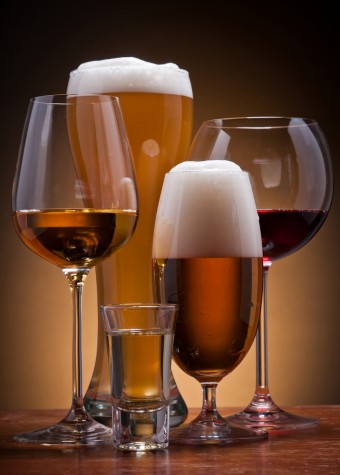By Melissa
People have been making alcohol since the dawn of civilization. In the Levant, archeologists have found evidence that “brewing of beer was an important aspect of feasting and society in the Late Epipaleolithic era” (12,000-9,500 BC). As the Natufians possessed only stone tools and basic technology, clearly it doesn’t take much to make a simple brew.
This was certainly the case in North America where a number of Native American peoples had been making alcoholic beverages using various simple methods since long before first contact.
In Mexico, some believe Native Americans used a corn precursor to make a brewed drink; they note: “the ancestral grass of modern maize, teosinte, was well suited for making beer–but was much less so for making corn flour.” In addition, it is well established that Mexican Native Americans prepared “over forty different alcoholic beverages [from] . . . a variety of plant substances, such as honey, palm sap, wild plum, and pineapple.”
The “Drunken Indian” Myth
Contrary to popular misconceptions, there is no evidence to support theories that Indians were pre-disposed to alcoholism. Rather, they appear to be the victims of a tragic combination of circumstances.
Shortly after first contact, trade was established. In exchange for the furs and skins so prized by Europeans, colonists and traders provided large quantities of strong liquor and wine. With little or no experience consuming strong alcohol, Native American communities were ill prepared to manage their populace’s exposure to so much of it. As one expert noted:
Another common misconception is that Native Americans lack the enzymes necessary to properly metabolize alcohol, and, therefore, have no genetic defense to protect them from becoming alcoholics. Reminiscent of the devastating effect European diseases had on native populations at first contact due to lack of immunity, this explanation has a certain appeal–but it is completely false. According to the U.S. Department of Health and Human Services (DHS):


No comments:
Post a Comment
Note: Only a member of this blog may post a comment.